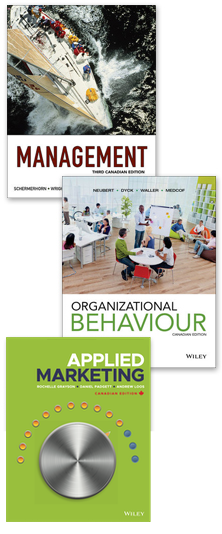When the Penn State women’s volleyball team had their NCAA-record 109-match winning streak snapped in September, many volleyball insiders thought this might also signal the end of the Nittany Lion’s consecutive national championships streak. The Lady Lions lost five matches during the regular season – as many as they lost during the previous four seasons. The team was seeded 4th in NCAA Tournament, leaving few to predict they would win it all. Penn State advanced to the Final Four dropping only one of the 13 sets they played. They would not lose again. The team had plenty of senior experience, but were powered as much by freshmen Deja McClendon, the tournament’s Most Outstanding Player, and Katie Slay.
QUESTIONS:
- Review Coach Rose’s comments about his players. How does this reflect synergy?
- Many times, people judge team effectiveness solely on outcomes. Take a close look at the definition for an effective team. Undoubtedly, no team in the history of NCAA volleyball has outperformed Penn State. How would you assess them on the other two dimensions?
- Now review Figure 14.3. What inputs and throughputs contribute to Penn State’s team effectiveness?
- What are some of the team norms evident in the articles?
SOURCE: Associated Press, “Penn State Sweeps Cal to Win 4th Consecutive Volleyball Title,” USA Today (Retrievable online at http://www.usatoday.com/sports/college/volleyball/2010-12-18-penn-state-cal-championship_N.htm)
SEE ALSO: Associated Press, “Dynasty: Penn State Continues Dominance on Volleyball Court,” USA Today (Retrievable online at http://www.usatoday.com/sports/college/volleyball/2010-12-19-penn-state-dynasty_N.htm)

